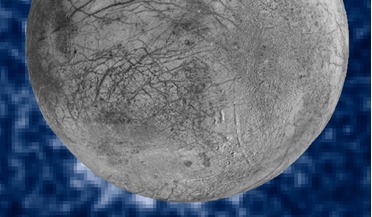 27 September 2016
Astronomers observe possible water vapour plumes on Europa
27 September 2016
Astronomers observe possible water vapour plumes on Europa
... fully substantiated. If confirmed to the true, Europa would be the second moon in the solar system known to have water vapour plumes. The other is Saturn's moon Enceladus, which In 2005, was detected by NASA's Cassini orbiter to produce jets...
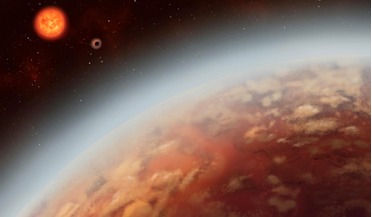 11 September 2019
First detection of atmospheric water vapour on 'super-Earth' in habitable zone
11 September 2019
First detection of atmospheric water vapour on 'super-Earth' in habitable zone
... possible with their data. Those models led the team to conclude that K2-18 b’s atmosphere is likely packed with water vapour, as much as 50 percent full and that its gaseous envelope might also contain a significant amount of hydrogen. “With...
 25 September 2020
Salty water vapour provides clues to massive star formation
25 September 2020
Salty water vapour provides clues to massive star formation
... Atacama Large Millimeter/submillimeter Array (ALMA) have spotted a pair of massive stars growing in a swirling cloud of heated water vapour and sodium chloride molecules – a compound more commonly known as table salt. This might seem unusual, and...
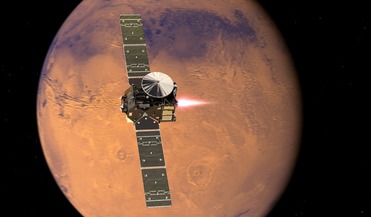 12 February 2021
Water vapour spotted escaping from Mars' atmosphere
12 February 2021
Water vapour spotted escaping from Mars' atmosphere
... discoveries. Detailed in two separate studies published this week in Science Advances, one international team have observed water vapour escaping high up in the planet’s thin atmosphere, while another has found hydrogen chloride—the first time...
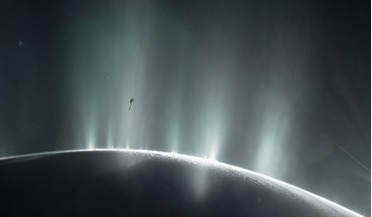 14 April 2017
Cassini finds evidence for hydrothermal vent activity on Enceladus
14 April 2017
Cassini finds evidence for hydrothermal vent activity on Enceladus
...determined that nearly 98 percent of the gas in the plume is water, about 1 percent is hydrogen and the rest is a mixture...ocean of Enceladus. This graphic illustrates how Cassini scientists think water interacts with rock at the bottom of the ocean of...
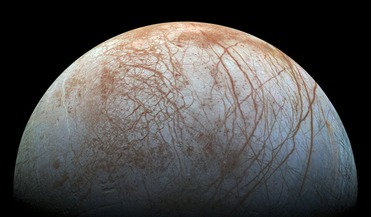 14 May 2018
Best evidence yet for plumes on Europa
14 May 2018
Best evidence yet for plumes on Europa
...magnetic field measurements all indicate that a salty, liquid water ocean spanning at least 100 kilometres in depth is sloshing...atmosphere were consistent with two 200 kilometre-high plumes of water vapour, it seemed a new window had opened up in ...